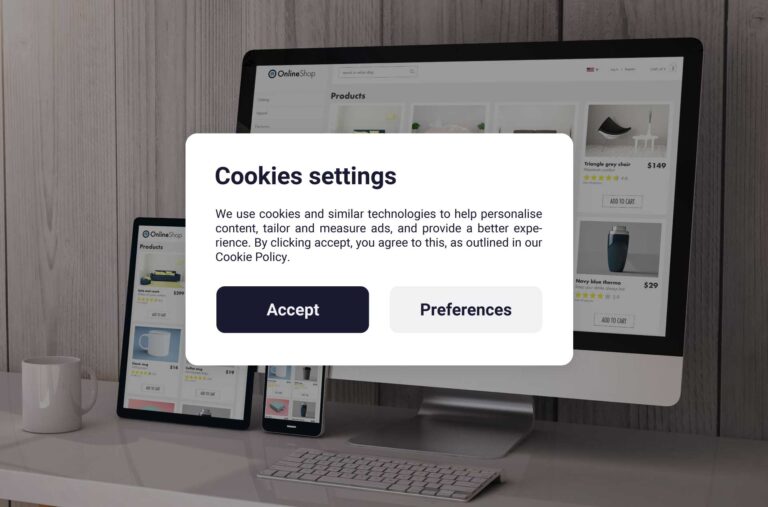Conversion Rate Optimization (CRO) is the process of systematically improving the performance of a website or online store to increase the percentage of visitors who take desired actions, such as making a purchase, filling out a form, or subscribing to a newsletter.
For eCommerce merchants, CRO is crucial as it directly impacts their bottom line. By optimizing their conversion rates, merchants can effectively maximize their return on investment (ROI) and enhance overall profitability.
CRO also helps identify and eliminate friction points in the user experience, fine-tunes website elements, and aligns marketing strategies to improve customer engagement and increase the likelihood of conversion. By continuously testing and refining various aspects of their online presence, merchants can create a seamless and compelling shopping experience, foster customer trust, and ultimately drive higher sales and revenue.
Here is the list of the Top 8 reasons why most conversion rate optimization for eCommerce fail.
Lack of Data Analysis: Effective CRO requires a deep understanding of user behavior, preferences, and pain points. If businesses fail to gather and analyze data, such as user feedback, website analytics, and customer journey insights, they may miss valuable opportunities for optimization.
Insufficient Testing: A key aspect of CRO is conducting A/B or multivariate tests to identify the most effective variations. If testing is limited or poorly executed, businesses may not discover the optimal changes that lead to increased conversions.
Inadequate User Experience (UX) Design: A poorly designed website or a frustrating user experience can significantly impact conversion rates. If the website is difficult to navigate, has slow load times, lacks clear calls-to-action, or is not optimized for mobile devices, visitors may abandon their shopping journey, leading to lower conversion rates.
Lack of Personalization: Tailoring the shopping experience to individual customers can greatly impact conversion rates. If businesses fail to offer personalized recommendations, product suggestions, or targeted marketing messages based on user preferences and behavior, it will significantly impact conversion opportunities.
Ignoring Customer Feedback: Customers provide valuable insights and feedback. If businesses do not actively listen to customer feedback, reviews, and surveys, they may overlook issues or opportunities for improvement, leading to lower conversion rates.
Pricing and Shipping Issues: Competitiveness in pricing and shipping is crucial for e-commerce success. If businesses have uncompetitive pricing, unexpected shipping costs, or lengthy delivery times, it can deter potential customers and negatively impact conversion rates.
Lack of Trust and Security: Building trust with customers is essential for successful e-commerce. If businesses have inadequate security measures, lack trust signals such as customer reviews, or fail to provide transparent refund and return policies, customers may hesitate to make a purchase, resulting in lower conversion rates.
Failure to Address Abandoned Carts: High cart abandonment rates can indicate underlying issues. If businesses do not actively address the reasons behind abandoned carts, such as unexpected costs, complicated checkout processes, or lack of payment options, it can lead to missed conversion opportunities.
To revert this situation, industry-leading eCommerce businesses from all sizes and segments are leveraging artificial intelligence (AI) and machine learning (ML) technologies to maximize conversion rate optimization.
AI-powered tools and algorithms can provide valuable insights, automate processes, and offer personalized search and recommendations throughout multiple channels, further improving conversion rates.
Additionally, by leveraging automatic data analysis and testing, and by intelligently addressing key areas that impact conversion rates, eCommerce businesses can enhance the overall user experience and drive higher sales.
More resources:


